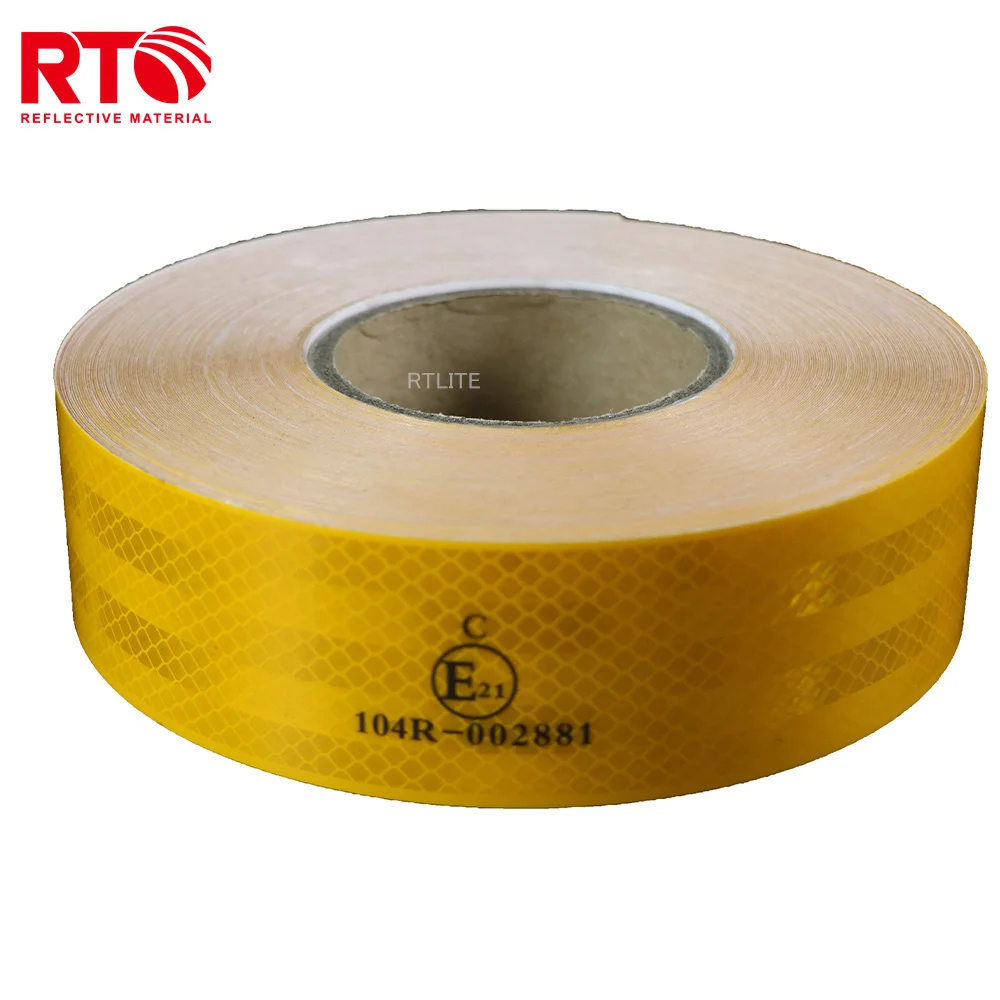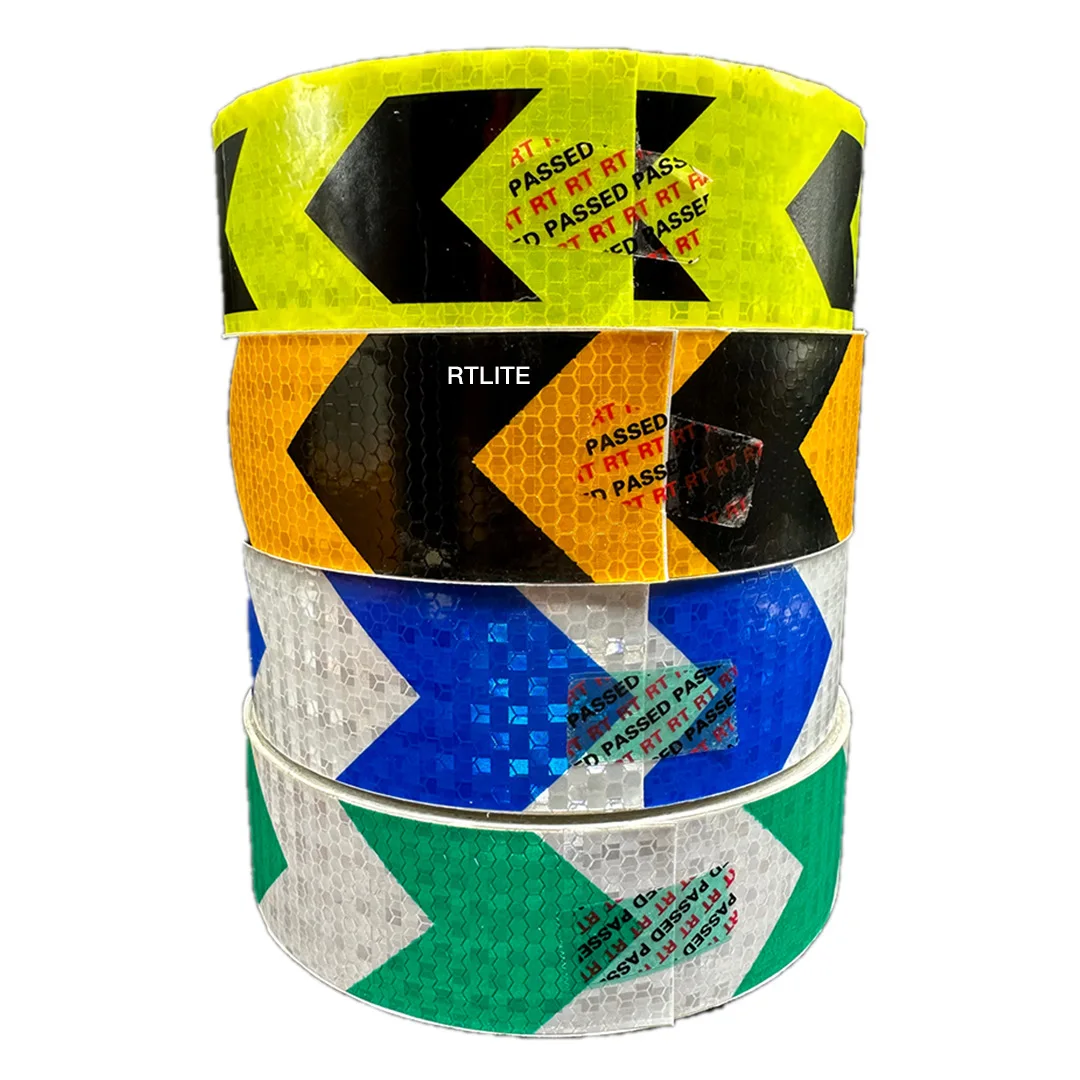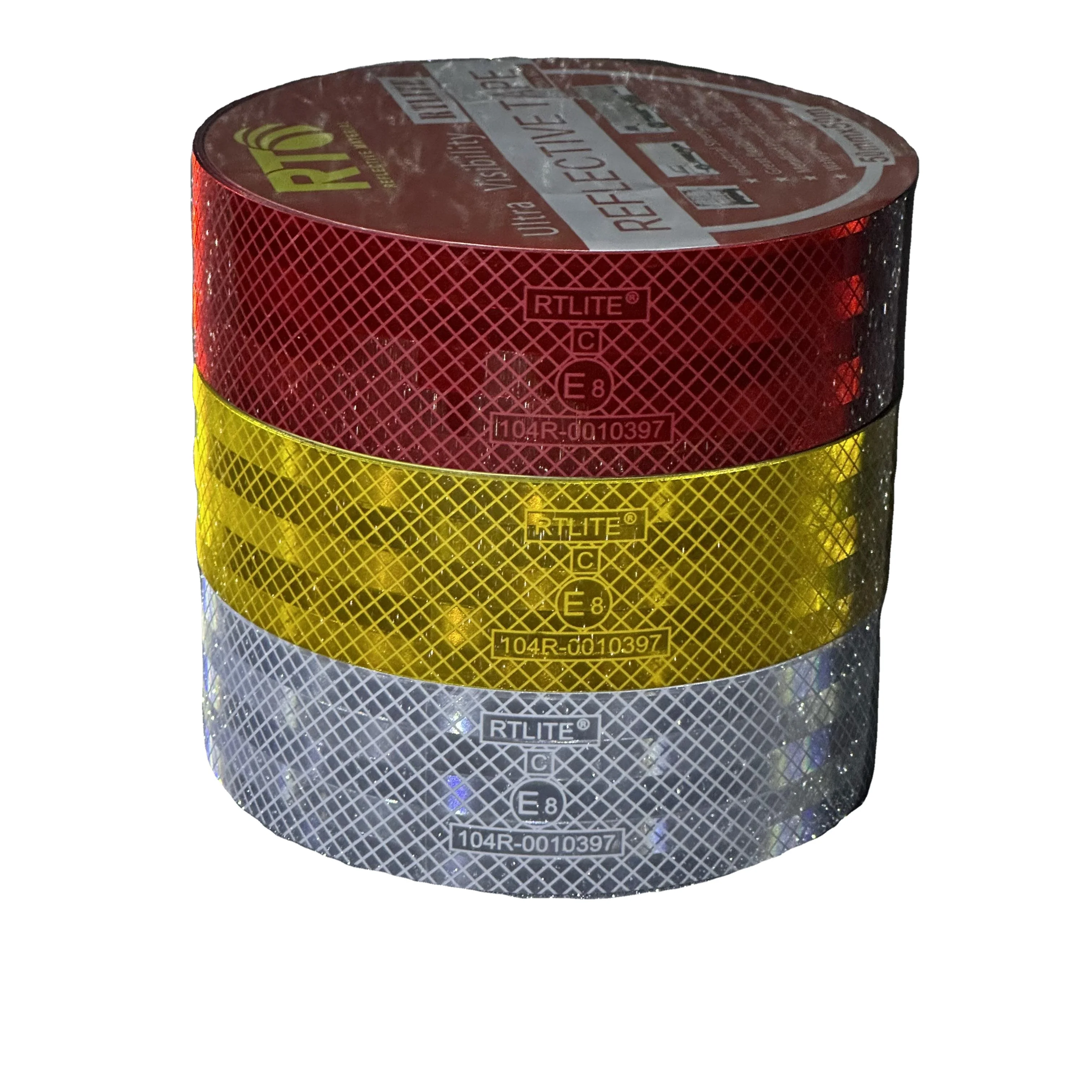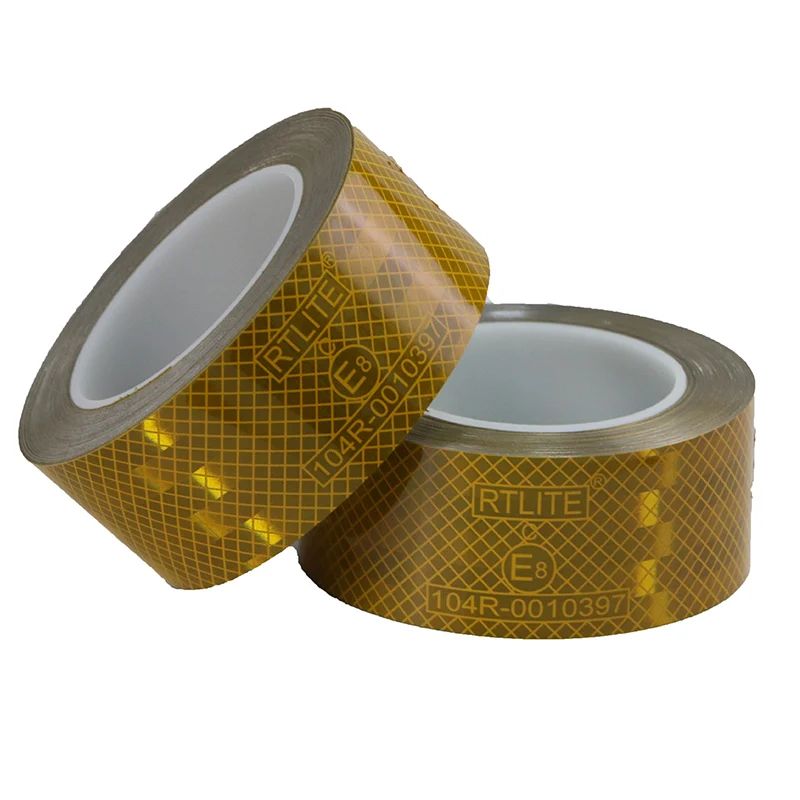Key Factors to Consider When Choosing Anti-Slip Tape for Safety Compliance
Material and Durability Considerations for Anti-Slip Tape
Types of Materials: PET, PVC, and Acrylic Options
Choosing the right material for anti-slip tape is pivotal to ensuring effective performance across various applications. Common materials used include PET (Polyethylene Terephthalate), PVC (Polyvinyl Chloride), and acrylic. Each material has unique properties: PET is renowned for its weather resistance and flexibility, making it ideal for outdoor use; PVC offers good durability and is resistant to water, although it may not perform optimally under extreme temperatures; acrylic provides excellent UV stability and strength, which is beneficial in areas exposed to sunlight.
When selecting materials, it's essential to consider their advantages and disadvantages. For example, the flexibility of PVC allows it to conform to uneven surfaces, but it might not handle high temperatures well. On the other hand, PET offers excellent strength and water resistance, making it suitable for moist environments. Acrylic's UV stability protects it from sun damage, though it’s less flexible compared to the other options.
The choice of material is crucial and should be based on the specific environmental needs—for instance, PET is suitable for outdoor stairways exposed to rain, while PVC could be preferred in indoor settings where temperature control is not an issue.
Durability in High-Traffic and Harsh Environments
The durability of anti-slip tape is influenced by the material used and the environmental factors it faces. Various studies show that high-traffic areas, such as public transport facilities or industrial sites, require materials that can withstand continuous wear and tear. For instance, industry experts suggest using PET or acrylic for locations with frequent foot traffic due to their robust wear rates and longevity.
Environmental factors, including exposure to chemicals, extreme temperatures, and moisture, play a significant role in the durability of anti-slip tape. In industrial settings where chemicals are present, it's crucial to select tapes resistant to corrosion and chemical damage, such as those made from robust PET or acrylic materials.
Recommendations for choosing anti-slip tape should not only focus on the physical environment but also consider expected foot traffic. For optimal performance, conducting regular assessments of the tape is vital to maintain safety standards. By doing so, businesses assure that their premises remain secure, thus protecting staff and customers effectively. Regular evaluations help in identifying worn-out areas that might pose hazards and enable timely replacement or upgrades.
Compliance with Safety Standards and Certifications
Understanding OSHA, ANSI, and E-Mark Requirements
Understanding the regulations imposed by OSHA (Occupational Safety and Health Administration) and ANSI (American National Standards Institute) is essential for ensuring workplace safety, particularly concerning anti-slip materials. OSHA standards focus on enhancing floor safety to protect workers from slip-related injuries, while ANSI provides guidelines for the manufacturing and testing of anti-slip products. Meanwhile, for products targeting the European market, E-Mark certifications are crucial. These certifications emphasize compliance with stringent safety testing, thus ensuring products meet the required safety levels. Safety organizations highlight the risks of non-compliance, pointing out potential workplace accidents and legal consequences when non-certified products are used. Therefore, it is vital to verify the compliance of anti-slip tape with these standards and certifications.
Importance of DOT-C2 and Other Certifications
The DOT-C2 certification plays a pivotal role in enhancing road safety and visibility, especially under varying driving conditions. Anti-slip tape that bears this certification assures users of its efficacy in providing better grip and visibility, thereby reducing the risk of accidents. When utilizing unverified or non-certified anti-slip products, businesses might face increased liability risks and insurance challenges, as supported by case studies and expert opinions. Users are encouraged to always seek products with recognized certifications like DOT-C2 to ensure they not only comply with safety standards but also maintain established safety levels. This practice not only safeguards against potential liabilities but also reassures users of the product's reliability and quality.
Environmental and Application Factors
Weather Resistance for Outdoor Use
When choosing anti-slip tape for outdoor use, factors like UV resistance and moisture protection are paramount. These characteristics ensure the tape maintains its effectiveness despite exposure to elements like rain, sunlight, and temperature variations. Research shows that anti-slip tape with robust weather-resistant features can prevent deterioration in performance after prolonged sun exposure or heavy rainfall. Moreover, different climates — whether humid, dry, cold, or hot — can impact the tape's durability and grip. Therefore, selecting the right tape based on localized weather conditions is critical. Case studies have highlighted the superiority of weather-resistant tapes in retaining their integrity even in extreme conditions, emphasizing the importance of selecting suitable products for outdoor applications.
Anti-Slip Performance in Wet or Oily Conditions
Maintaining slip resistance in wet or oily environments poses unique challenges that require specialized anti-slip tapes. Areas such as kitchens and industrial zones often encounter spills, making floors slippery and dangerous. For these settings, tapes offering enhanced grip features are crucial. Such tapes generally have textures or patterns that provide superior traction compared to standard options. Comparisons show that high-quality anti-slip tapes outperform their counterparts in these conditions, ensuring worker safety by significantly reducing slip incidents. Testimonials from industry users affirm the effectiveness of properly selected anti-slip tapes in preventing accidents in oily or wet environments, reinforcing the need for careful selection tailored to these specific challenges.
Top Anti-Slip Tape Products for Safety Compliance
5.08cm*50m PET Edge-Sealed E21 Yellow Reflective Tape
The 5.08cm * 50m PET Edge-Sealed E21 Yellow Reflective Tape stands out due to its excellent adhesive strength and edge-sealing features, ensuring durability and a secure fit. This reflective tape is significant in enhancing visibility in low-light environments, critical for safety compliance. The tape's specifications make it ideal for areas like warehouses and truck loading docks, where visibility is a priority. User reviews consistently highlight its impressive performance, noting the reliable adhesive and superior reflectivity that help maintain a safer working environment. The combination of such features makes it a go-to choice for businesses aiming to enhance safety standards and minimize accident risks.
Honeycomb PVC Arrow/Twill Reflective Tape for Trucks
Featuring a unique honeycomb texture design, the Honeycomb PVC Arrow/Twill Reflective Tape is well-suited for heavy vehicle applications. This texture not only enhances grip but also offers significant visibility, making it particularly valuable for trucks. It complies with necessary safety regulations, which ensures optimal user safety in critical environments. Insights from the trucking industry emphasize trends toward mandatory safety compliance, and integrating such reflective tapes aligns with these evolving standards. This product is exemplary in its category, backed by industry feedback, and aids in maintaining a high safety quotient on the roads.
E-Mark Acrylic Metallized Yellow Reflective Tape
The E-Mark Acrylic Metallized Yellow Reflective Tape brings notable advantages with its durable acrylic material, which offers superior visibility and endurance compared to non-reflective tapes. This tape's E-Mark certification underscores its reliability for use in roadside safety applications. Its metallized nature enhances reflectivity, making it a sought-after option for high-visibility requirements. Users highlight its effectiveness across various weather conditions, where consistent performance is necessary. Thus, it holds a distinguished position in safety tape applications, emphasizing its role in proactive safety management.
Waterproof Metal Aluminized PET Reflective Tape
Offering distinct waterproof characteristics and reflective properties, the Waterproof Metal Aluminized PET Reflective Tape is well-equipped for outdoor applications. This product's qualities assure safety and visibility in potentially dangerous locations, presenting numerous installation opportunities from emergency sites to construction areas. Industry reports consistently correlate the integration of such materials to reduced accident rates, marking the tape's effectiveness in preventing mishaps. Its application spans a range of environments where safety is paramount, reinforcing its appeal to safety-conscious industries.
Installation and Long-Term Maintenance Tips
Proper Surface Preparation and Adhesion Techniques
Proper surface preparation is critical to the successful installation of anti-slip tape; ensuring the surface is clean and dry guarantees optimal adhesion. Before applying the tape, surfaces should be free of dust, oils, and moisture to prevent interference with the adhesive bond. It's also essential to consider the environment's temperature, as tapes vary in adhesive performance based on temperature conditions—ideally, applying at moderate temperatures enhances bond strength.
Different adhesion techniques contribute to the longevity of the anti-slip tape. Applying steady pressure while installing the tape activates the pressure-sensitive adhesive, improving its initial grab and long-term hold. Avoid common pitfalls such as insufficient preparation of the substrate or improper application techniques to maintain the tape's integrity. Reliable manufacturers provide data demonstrating how these factors influence the tape's staying power, underscoring the importance of adhering to installation guidelines for prolonged performance.
Ensuring Durability Through Regular Inspections
Conducting regular inspections is crucial for maintaining the effectiveness of anti-slip tape and ensuring safety compliance. Inspections help identify wear and tear before it becomes a significant issue, allowing for timely repairs or replacements. Regular maintenance, including cleaning methods to remove debris and chemicals, maintains the tape's friction properties.
A dedicated maintenance checklist can streamline these inspections. Key indicators to look for include changes in texture, loss of adhesion, and any signs of peeling or damage. These factors can compromise the tape’s functionality, reducing its effectiveness in preventing slips. By keeping up with routine checks, businesses can confidently maintain durable, high-performing anti-slip solutions while ensuring a safer environment for everyone.

 EN
EN










































 ONLINE
ONLINE